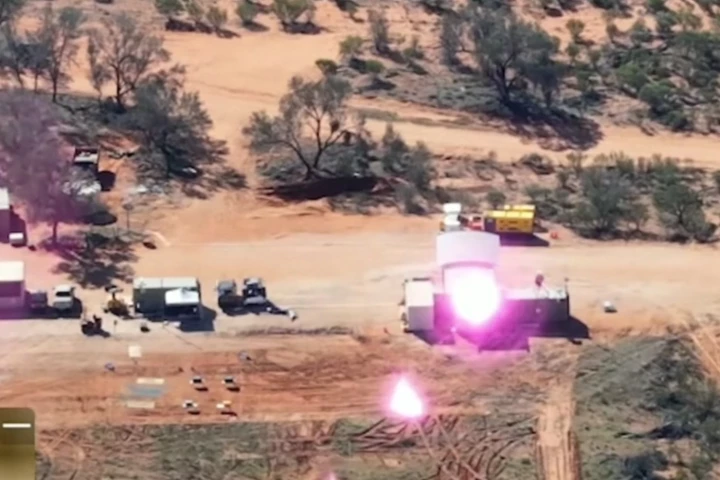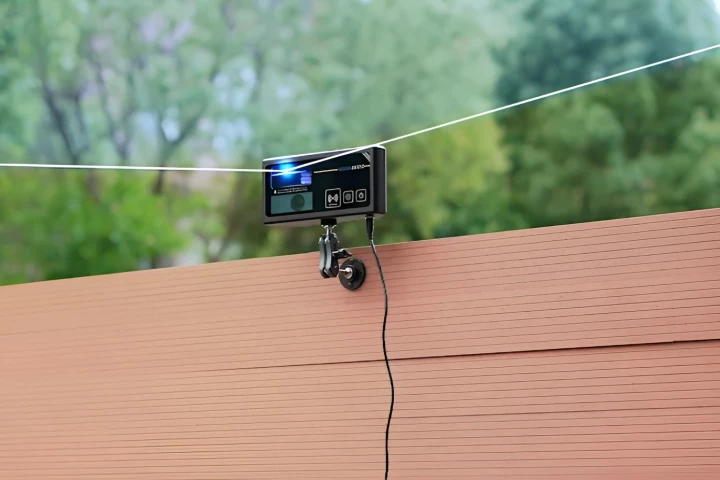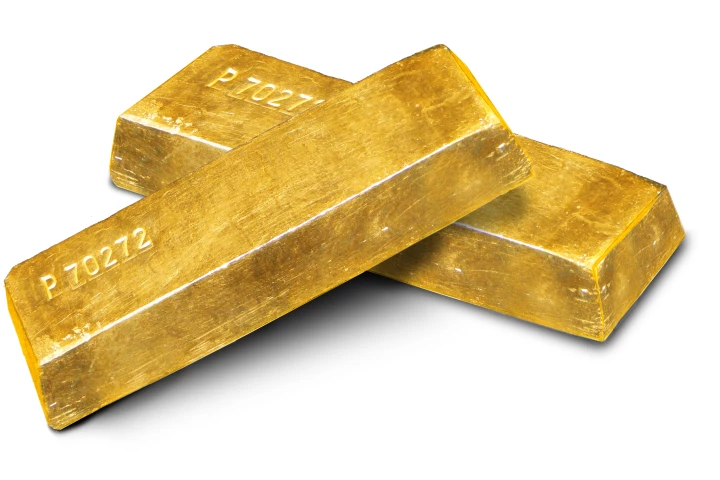"Water, water, everywhere, nor any drop to drink." The famous line from the poem The Rime of the Ancient Mariner by Samuel Taylor Coleridge rings increasingly true, as all over the world water shortages threaten the way of life people have grown used to. Climate change and overpopulation have compromised water sources, a threat that calls for ingenious solutions to reduce demand. One of these is the ReFlow G2RSystem (or Re-Flow for short), a system that recycles grey water from the shower or bath to the toilet tank to flush waste.
Designed by a Vancouver-based team, Re-Flow performs a simple task: recycling and re-using the grey water in the same room. The system consists of a compact, decentralized grey-water collection unit, which is claimed to save up to 30 percent of an average household's fresh water consumption.
The collector nozzle connects at the juncture of the overflow drain of the bathtub, to reclaim the drained water back into the ReFlow's water storage tank. This reclaimed water is fed through a filter and disinfected before it's gravity-fed into the back of the toilet tank.

The idea is similar to the OASIS Domestic Greywater Treatment System, a device that turns grey water from a range of domestic activities (including clothes- and hand-washing) into water for garden irrigation, toilet flushing, laundry and car-washing.
The main selling point of the Re-Flow system is its simplicity and unobtrusiveness. The designers say it takes one person and a screwdriver to install it, a job that takes less than one hour. The system can be fitted in and retrofitted to a number of bathroom types, so there’s no need for basement storage or renovation.
There are several benefits. Besides saving water (and reducing bills), it also relieves pressure on municipal sewage, sparing water systems and local ecology. In places like California, which is suffering from severe droughts, an installed ReFlow could come in handy to help citizens deal with the crisis at home.
The makers have developed a successful proof-of-concept prototype. Now they need to develop the components for the system to be mass-produced. The design complies with international planning codes and meets health standards for reclaimed water quality reuse.
The team behind the system is fundraising on Indiegogo to take the project to the next level. To get a ReFlow unit, funding options start at US$800. Delivery is estimated for November, assuming all goes according to plan.
The video below provides more details.






